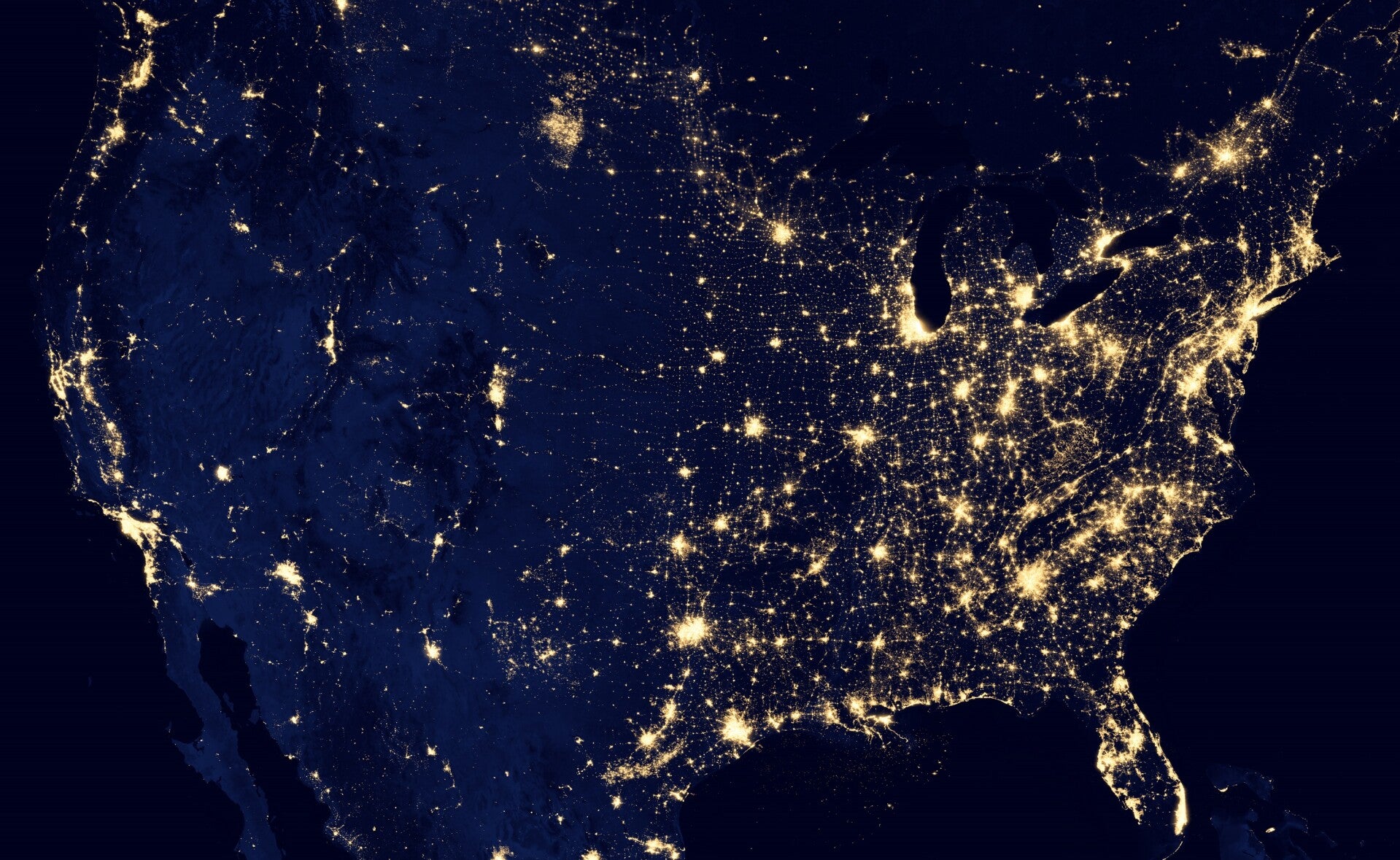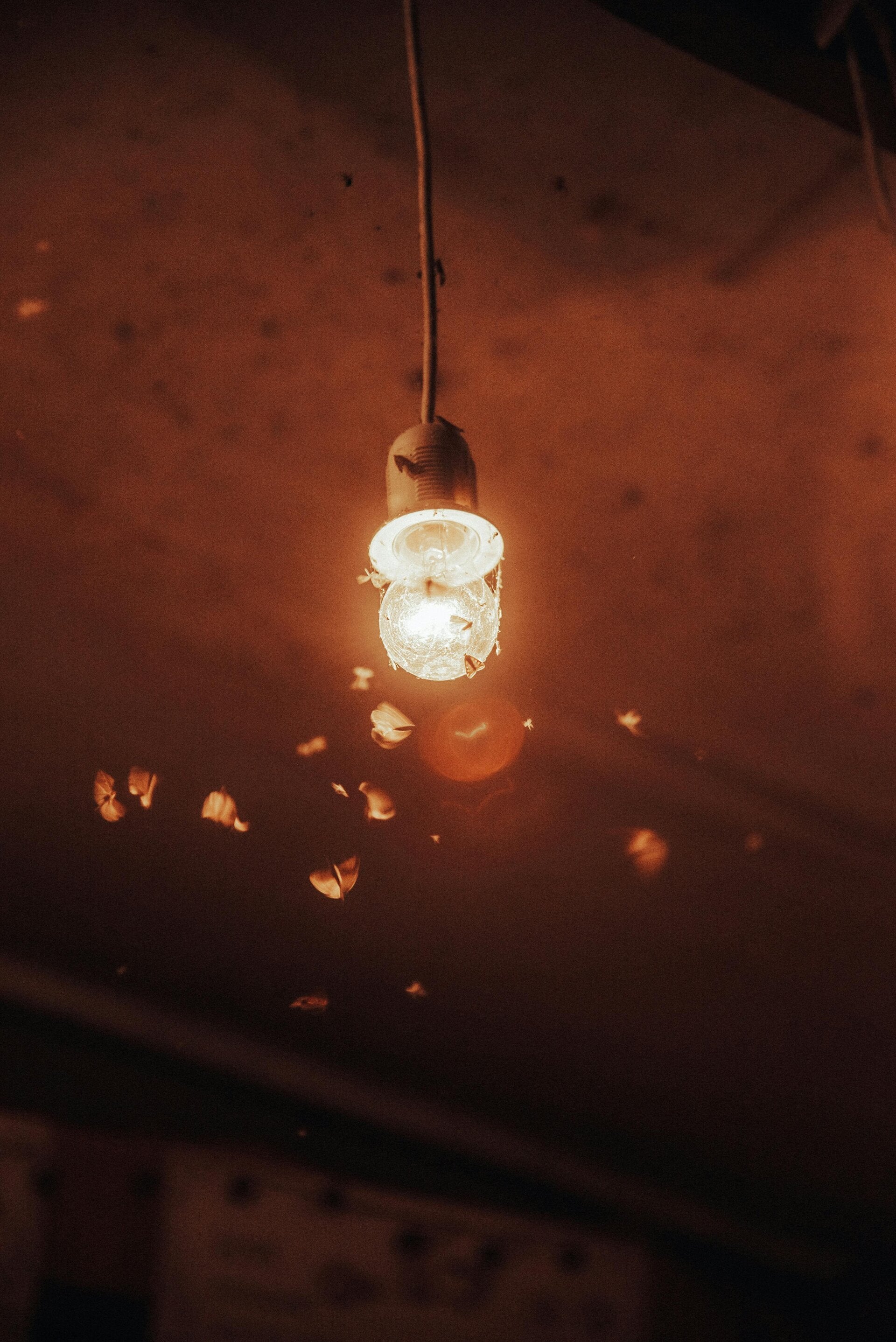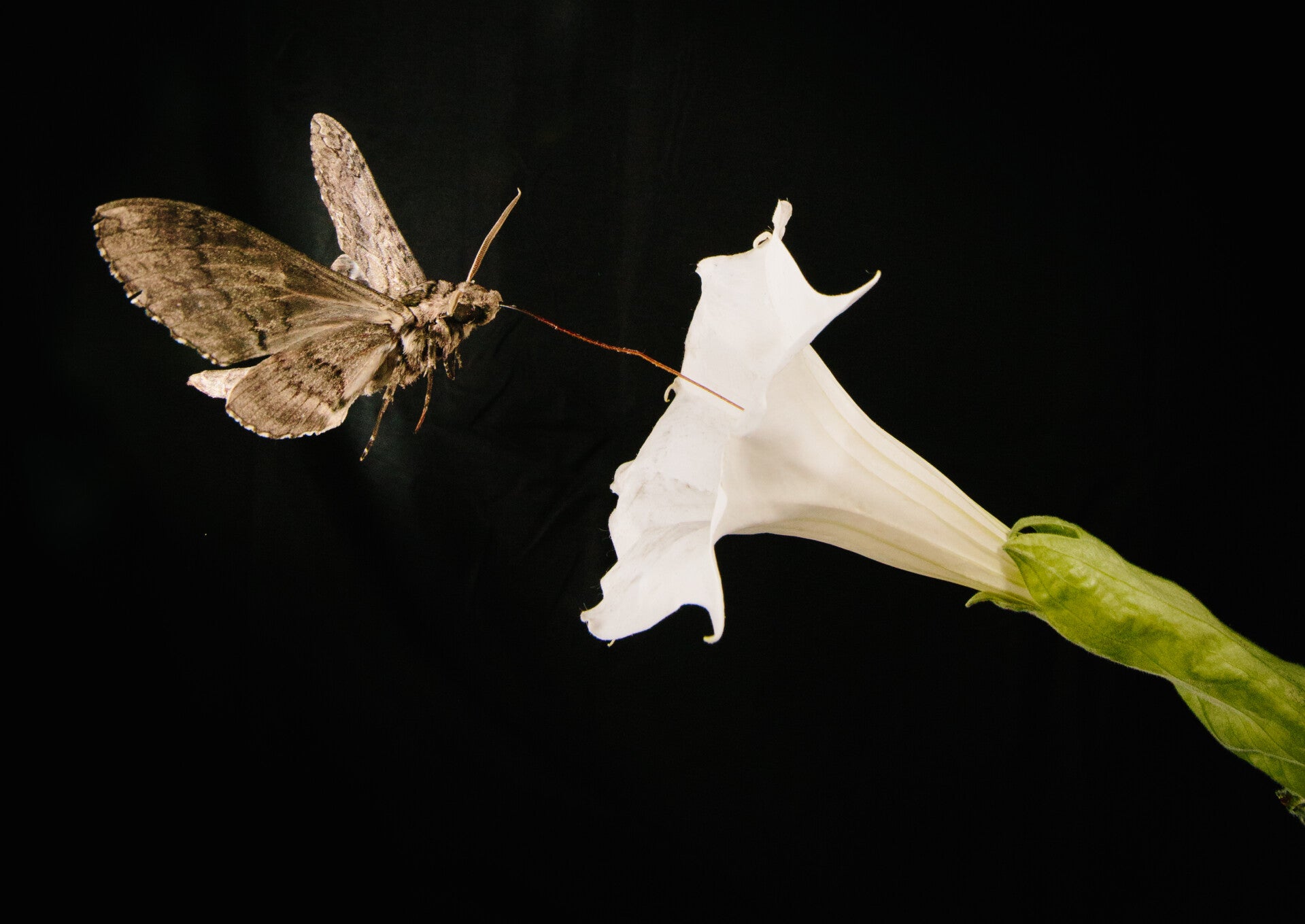Nearly One-Third of Humanity are Hidden From the Stars and the Milky Way, Which Includes 80% of North America Due to Light Pollution

Light Pollution, What's The Big Deal?
Light pollution is a brightening of the night sky by man-made objects such as streetlights, house lights, and cities skylines. This can have disruptive effects on natural cycles of ecosystems.

The Main Threat to Nocturnal Moths and Other Pollinators
-
Many moths are naturally drawn to light sources. Artificial light can disorient moths from their natural light cycles. The moon and stars are the moths natural way to guide their way at night.
-
Moths that are attracted by artificial light at night are vulnerable to predation from other nocturnal predators.
- Moths can be distracted from feeding, breeding and pollination of plants from artificial light at night.
-
Other pollinators can also be drawn to light sources, disorient them and effect how they feed, breed, and pollinate plants.


The Best Way to Help Ohio's Nocturnal Pollinators
- Turn off lights when not in use
- Close blinds and drapes at night to decrease light from indoors going to the outside world
- When outside at night point your light source towards the ground
- Only use the lights that you need to use
- Avoid driving at night

